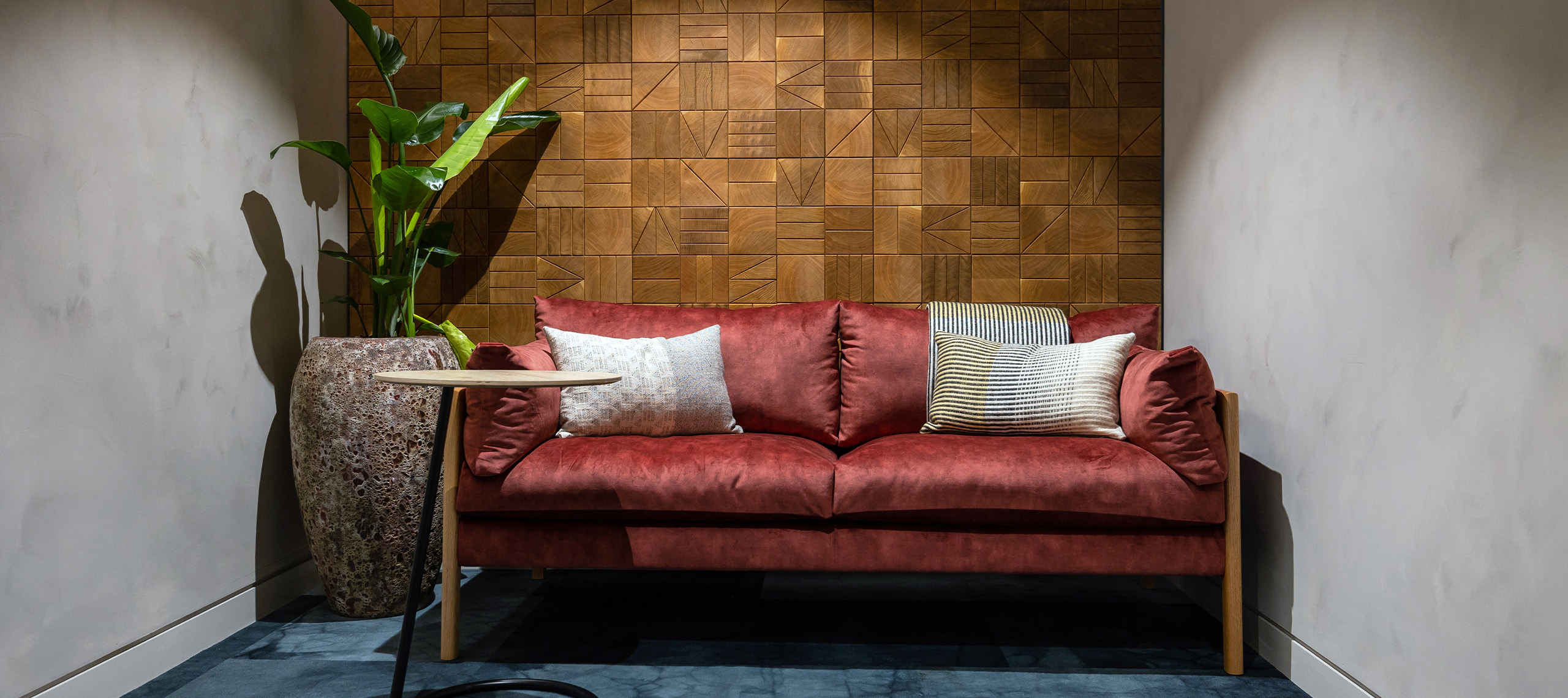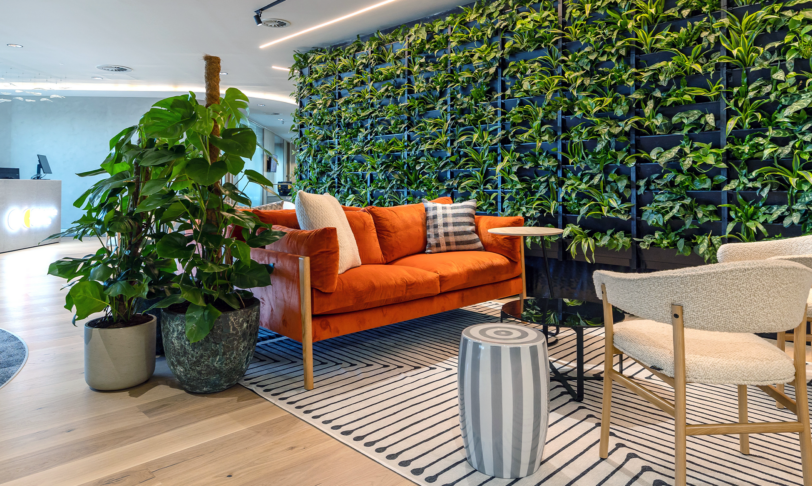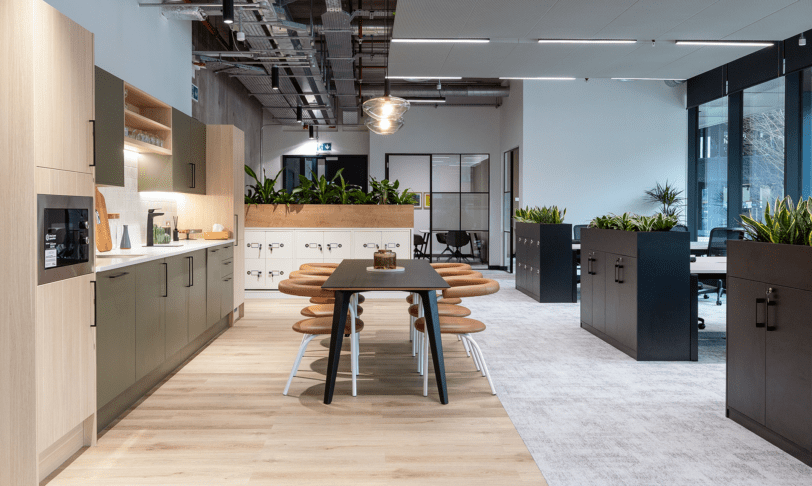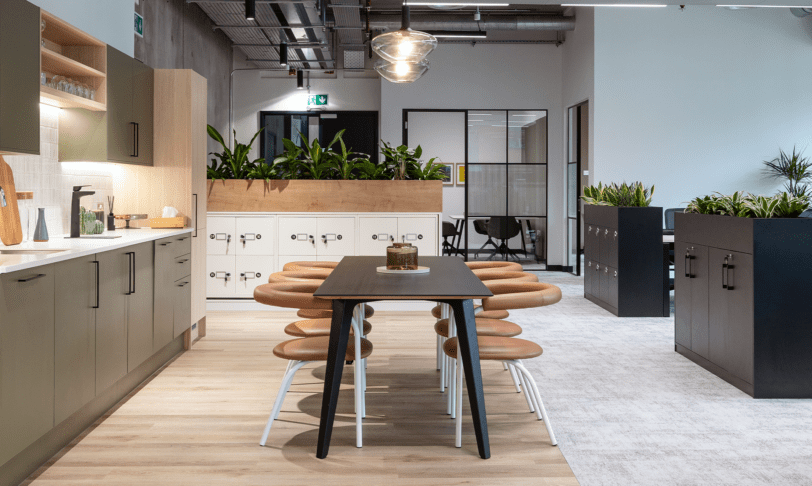How Prayer Rooms can improve workplace wellbeing
Across all sectors, there is a growing expectation for workplaces to be more inclusive. Conversations surrounding gender and race inclusivity have intensified in recent years, and it’s no surprise that faith is becoming a more prominent part of the workplace conversation too. Faith plays an integral role in many employees’ lives, and providing a space to accommodate this need is just as important as offering other forms of wellbeing support. If your workplace hasn’t yet considered this, perhaps it’s time to think about adding a prayer room to your office.
Why are prayer rooms needed?
Wellbeing comes in all shapes and sizes. It’s all well and good to provide employees with a ergonomic chairs, gyms, fresh fruit, and regular breaks, but mental and spiritual wellbeing shouldn’t be overlooked either. According to the 2021 UK Census, 56.8% of the population belong to a religious or spiritual group. And while it is undeniable that irreligiosity is on the rise, 2021 census data also shows that there are still over 27 million people in the UK who identify as Christian, the most populous domestic religion, alongside growing numbers of Muslims, Jews, Hindus, Sikhs, and Buddhists.
Despite this, my workplaces still don’t provide a prayer or multi-faith room. These types of spaces need to be reconceptualised so they are viewed as an essential part of workplace wellbeing, rather than a nice-to-have.
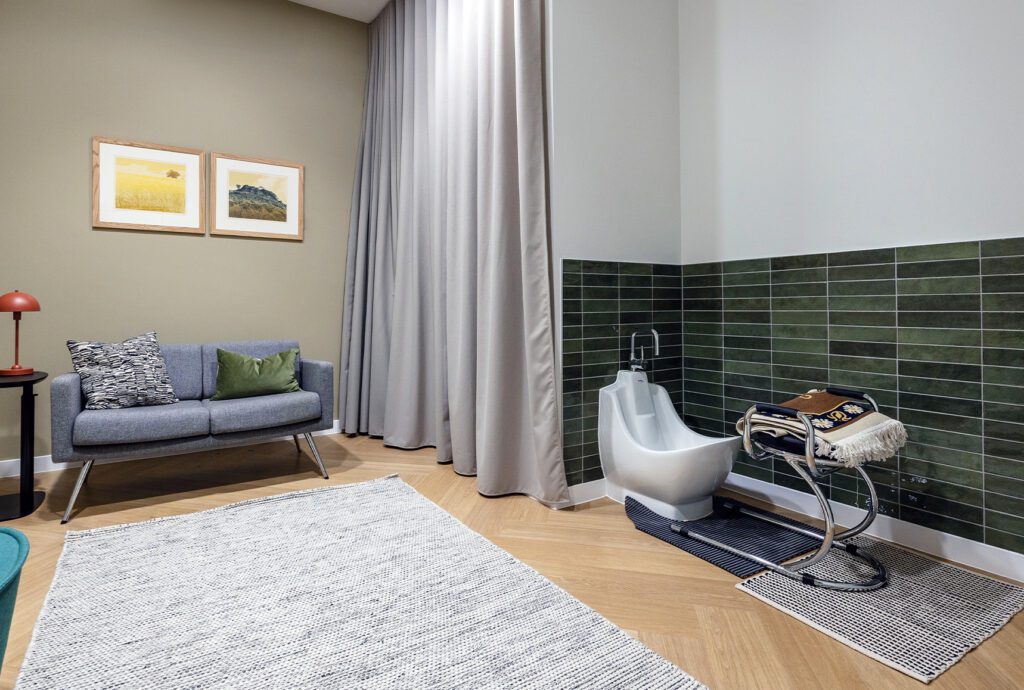
Do employers have to provide a prayer room?
While employers are not legally required to provide a prayer room, they must respect requests for prayer space or time during work hours. Failure to reasonably accommodate religious practices could potentially lead to claims of discrimination. It’s not just about compliance, though; it’s about creating a people-focussed workplace that promotes respect. Ultimately, companies should be as committed as possible to fostering an inclusive and welcoming environment, which in turn can boost employee engagement, productivity and retention.
What are the benefits of prayer rooms?
It is not mandatory for employers to provide a prayer room in the office design and build, but it can really go a long way in securing employees’ happiness and respect. In the end, it’s a win-win for everyone involved.
Employee wellbeing
For many, faith is integral to their personal wellbeing. Being able to practice religion in a space free from judgment can improve mental clarity, reduce stress, and increase overall happiness. As highlighted by HR Magazine in 2023, companies with inclusive religious practices see improved employee wellbeing and workplace relationships.
Productivity
Employees who feel supported in practising their faith during work hours are more likely to experience lower stress levels, which can contribute to higher productivity. When prayer or spiritual reflection is denied or made difficult, it can lead to negative feelings such as nervousness or frustration, which might impact an individual’s ability to concentrate.
Inclusivity
Prayer rooms are a way for an office to be accommodating to all. It signifies to people both inside and outside of the business that they are accepting of everyone, no matter their religion. This can help create a more inclusive and welcoming environment and result in improved wellbeing, workplace relationships, and recruitment. It may also give employees the confidence to suggest further inclusive actions and start discussions in the workplace.
Employee retention
Employees who feel their basic needs are met, including the ability to practise their religion, are more likely to stay with a company long-term. Providing a prayer room sends a clear message that the business values its employees and is committed to diversity and inclusion, which can lead to greater employee loyalty.
What are a prayer room’s requirements?
Different religions require different setups for prayer rooms, which is why multi-faith spaces are increasingly becoming the norm. The key is to keep the space as neutral as possible so that people of all faiths can use it without feeling uncomfortable. This means that religious symbols, such as crosses or idols, should be kept to a minimum. For instance, the presence of leather is deemed offensive to those of the Hindu faith, and followers of Islam cannot pray in the same room as a crucifix.
General requirements for prayer rooms
Office prayer room design
There are a few elements that are fundamental in an office prayer room’s design, such as incorporating privacy, accessibility and ease of use. There should be a balance between making the room accessible and open to those who need it and creating a serene space away from the daily hustle and bustle.
A prayer room must be a clean, safe and hygienic environment. Ideally, it should be separate from the fridge or sink, and away from a bathroom or breastfeeding space. Since many religious traditions require people to remove shoes before entering a sacred space, it’s important to have dry, clean flooring and designated shoe storage. There is little need for furniture, but a cupboard for storing religious texts and a few comfortable, low seats or cushions would be beneficial. Soft lighting is also preferred, as is obscured glass on any windows or partitions to ensure privacy.
A multi-faith space is ideal for accommodating diverse religious practices, but it requires careful thought. The room should not be dominated by religious symbols from one particular faith, and should remain neutral when not in use.
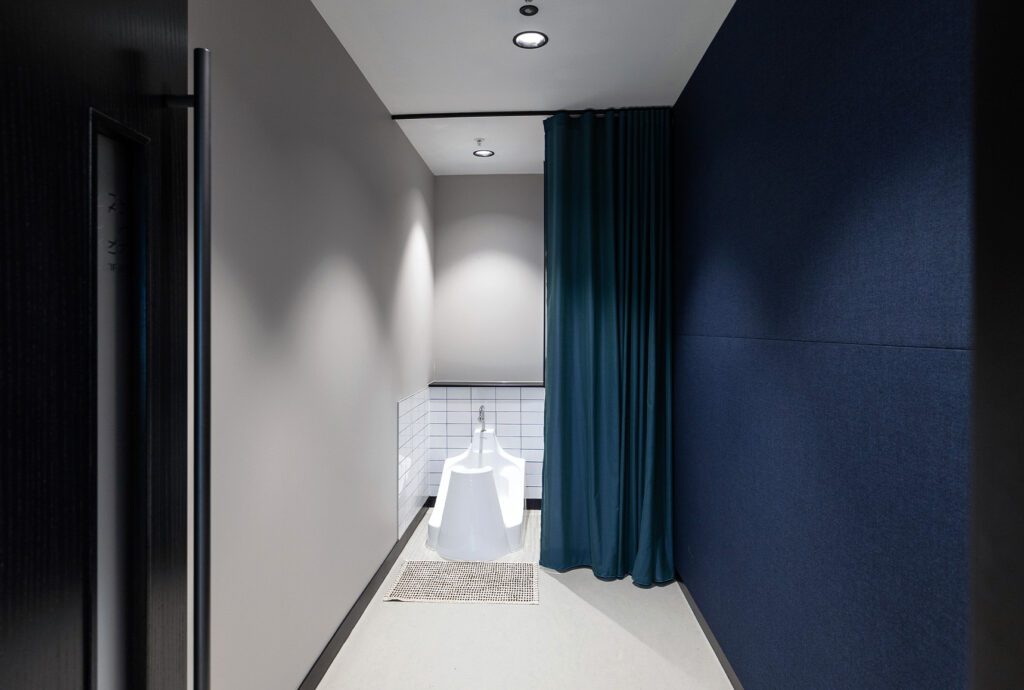
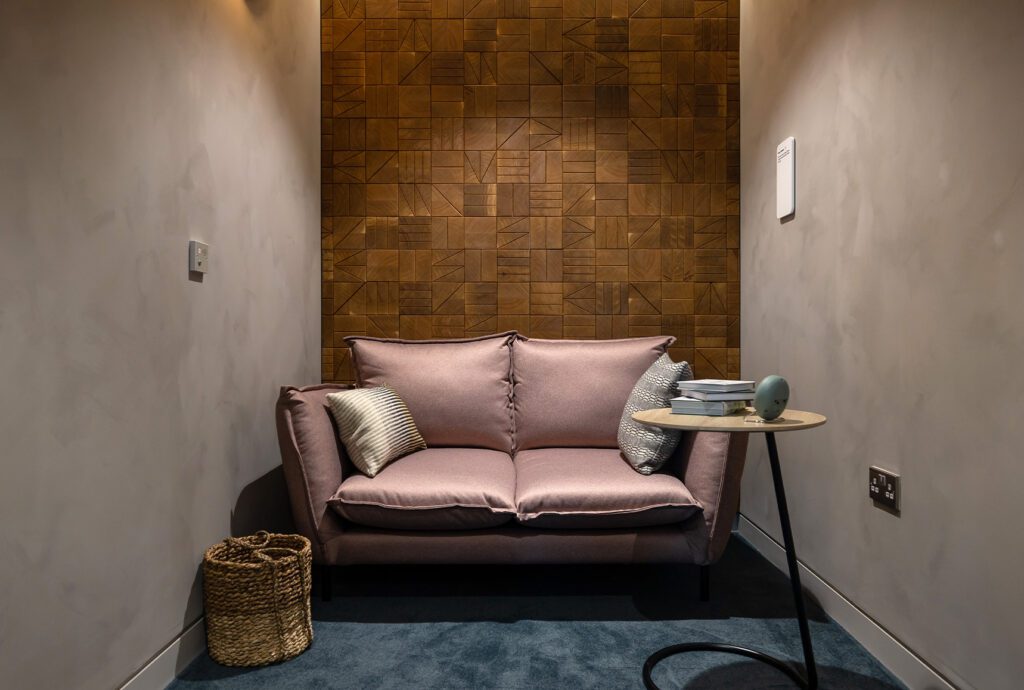
Specific prayer room requirements for Muslims, Jews, and Christians
Some religions require prayer to face a particular direction, for example, Muslims pray towards Mecca and Jews to Jerusalem. The prayer room itself does not have to be oriented in a specific direction, but there should be an indication inside it towards both East and Mecca. Christians may not need a dedicated direction but would still appreciate a space that allows them to pray comfortably.
For Muslims particularly, Wudu (cleansing preparation) is required before prayer. It requires them to wash their hands and feet, so a basin and footwash are essential requirements. The washing space needs to be apart from the prayer room, so a moveable screen or curtain would be an effective way of demarcating the washing facilities from the prayer space. It could also be used to separate people during prayer: Muslim guidelines of modesty and tradition may see men and women wishing to pray separately.
How big should prayer rooms be?
Prayer rooms must have enough space to be able to fit multiple people and for them to face the required direction. For Muslims, the space will need to be around 4 x 2 ft per person, so that they can kneel and bow side by side. All Muslim employees need to be facing the same direction together during prayer, and so there must be enough space for them to comfortably do so.
For offices with a smaller footprint who still want to offer an faith space, it makes sense to double up a prayer room with a general wellbeing room. This could involve creating a flexible, multi-functional space that can serve as both a quiet area for prayer and reflection, as well as a room for other employees to relax or meditate during the day. This approach allows companies with limited space to still create an inclusive, people-focused atmosphere without compromising on functionality or privacy.
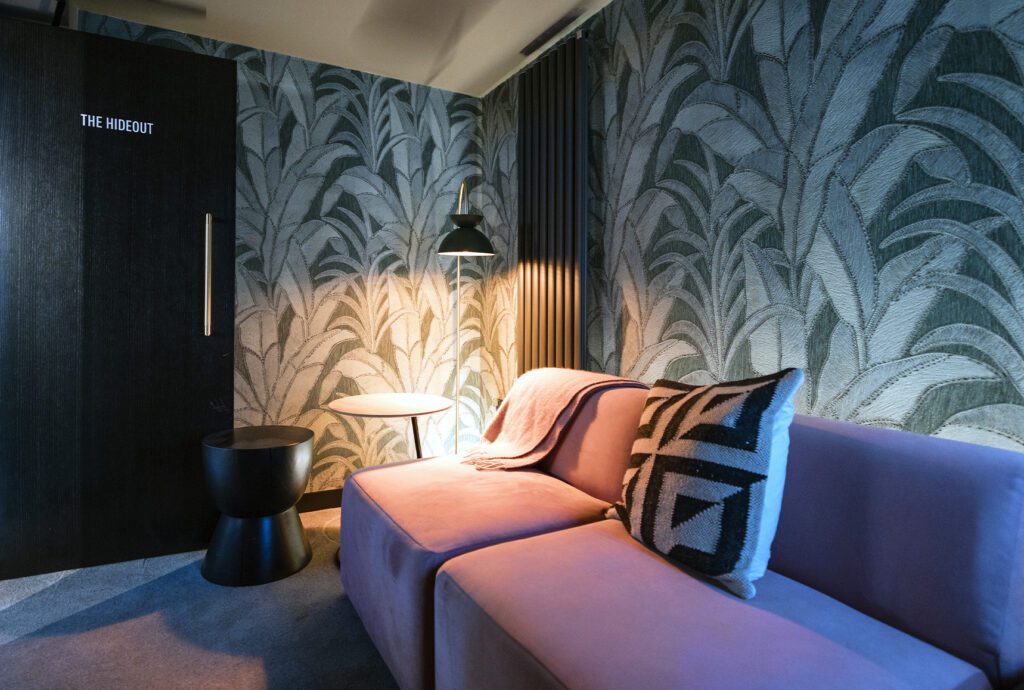
When should prayer rooms be available?
For Muslims, their daily prayer routines take place at fixed times of the day determined by the times of sunrise and sunset. On Fridays, males must perform Salat in a group, There is more flexibility allowed to Jews who can usually pray before or after work, but the option should still be there for them.
For Muslims, prayers are performed at set times during the day. Fridays are particularly important as the midday prayer (known as Salat) must be performed in a group, similarly on days of Islamic significance like Eid and Ramadan, so there must be enough space. Jews typically pray in the morning or evening, whilst Christians do not require its followers to pray at a set time of day, so it should be more straightforward for them to schedule prayer room usage around the needs of others.
For larger offices with multiple Muslim employees, you might consider block-booking the room to align with their prayer times, ensuring the multi-faith room is available when needed. However, as prayer times vary depending on the time of year and the position of the sun, block-booking will require careful planning and coordination to accommodate everyone effectively.
Want to improve inclusivity in your workplace?
Interaction is an expert office fit out company with over 33 years of experience designing and building inclusive and people-centric workspaces. If you want to discuss office fit-outs and faith rooms with our expert team, reach out on 01225 485 600. Or, perhaps you might want to read more about improving wellbeing in the workplace.
Chat with Charlie
Get in touch with Charlie, our Relationships Manager to discuss how we could revolutionise your space.
Email: [email protected]
All general enquiries
Phone: 01225 485 600
Email: [email protected]

Join the Interaction community
Sign up for our newsletter to stay up-to-date with the latest insights
on the modern workplace and commercial property trends.
